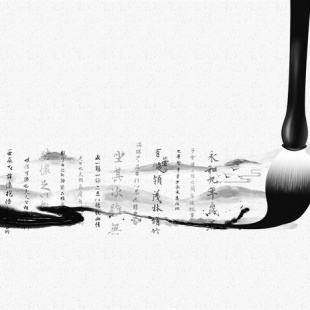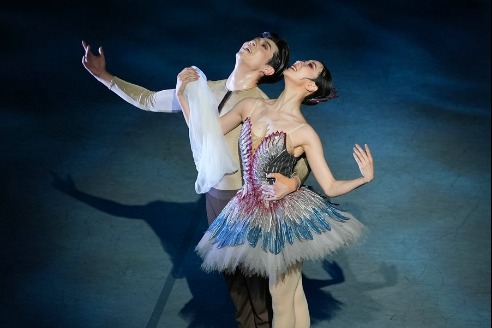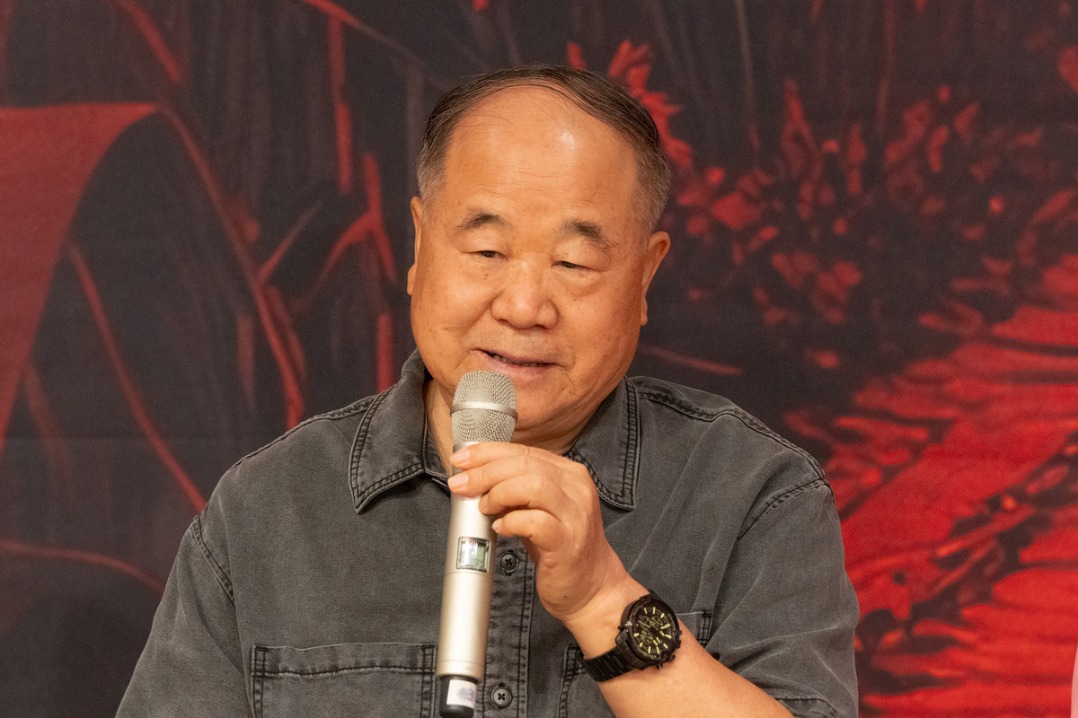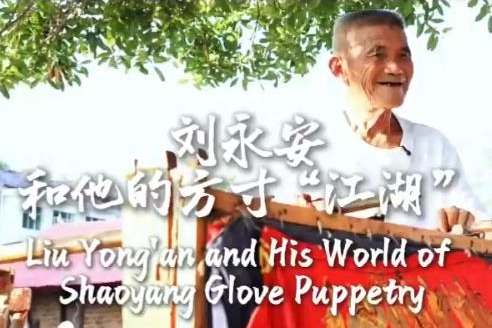A brush with history


Practicing calligraphy becomes a carefree dance of the Chinese brush on paper, that is far beyond communicating the meanings of the characters being written. It is a silent symphony orchestrated by the fluidity of ink and water, and a ritual enforced by the energies of hands for one to cultivate himself, and to connect with the universe.
Such writing unites Chinese people living in different corners of the country from all walks of life, reinforcing that intention by adding dimensions of artistry and spirituality. Be it a scholar, a painter, a calligrapher or someone amateur, they share the pleasure brought by calligraphy.
In 2009, Chinese calligraphy was added to the Representative List of the Intangible Cultural Heritage of Humanity by UNESCO.
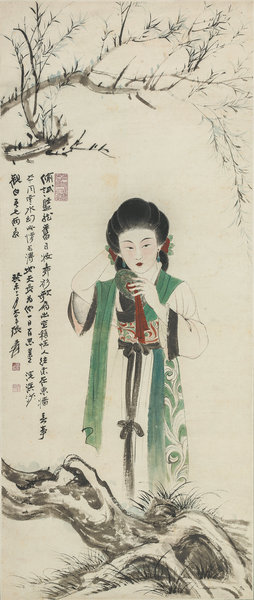
The essential role calligraphy plays in Chinese cultural tradition is also evident in the close association between it and painting. Normally, they are mentioned in a union as shuhua (calligraphy and painting).
A Chinese painting often bears calligraphy, added by its creator or collectors and viewers, to accentuate a literary temperament. It can be an autograph, a poem, a commentary, a note to the one who is to receive the painting as a gift, or simply a seal impression of the artist's name or pseudonym — a smaller form of calligraphy that demands the delicate techniques of hand engraving.
Zhao Mengfu, a great artist who lived during the Yuan Dynasty (1271-1368), asserted the equivalence of the two forms not only in presenting brushwork brilliance, but also as the vehicles of self-expression.
"Calligraphy and painting are basically of the same creative source," he said.


